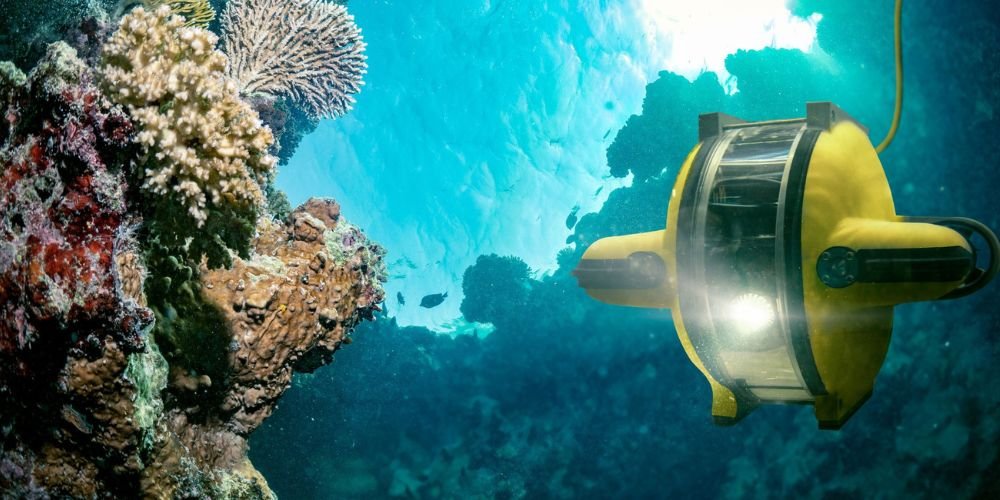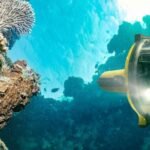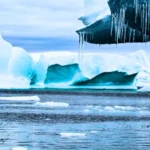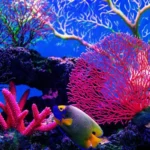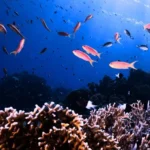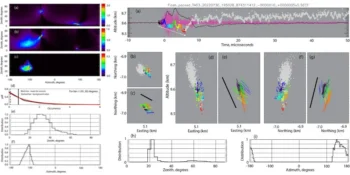Ocean exploration technologies have revolutionized our understanding of the world’s oceans, enabling scientists to unravel mysteries, discover new species, and uncover hidden landscapes beneath the waves. From advanced underwater vehicles to cutting-edge sensors and imaging systems, these technologies have transformed how we explore and study the ocean environment. In this article, we embark on a journey to explore the innovative technologies driving ocean exploration, highlighting their capabilities, applications, and contributions to our knowledge of the marine world.
Understanding Ocean Exploration Technologies
Ocean exploration technologies encompass various tools, instruments, and platforms designed to investigate the ocean’s physical, chemical, and biological characteristics. These technologies enable researchers to collect data, conduct experiments, and explore the ocean environment in unprecedented detail, advancing our understanding of marine ecosystems, geological processes, and ocean dynamics.
Remote Sensing Systems
Remote sensing systems, such as satellites, drones, and autonomous underwater vehicles (AUVs), play a crucial role in ocean exploration. Satellites with sensors can monitor ocean surface properties, such as sea surface temperature, salinity, and chlorophyll concentration, over large spatial scales. Drones provide aerial imagery of coastal areas, marine habitats, and wildlife populations, while AUVs explore the ocean’s depths, mapping the seafloor and studying deep-sea ecosystems.
Sonar Imaging Technologies
Sonar imaging technologies, including multibeam and side scan sonars, are essential for mapping the seafloor and identifying underwater features such as ridges, seamounts, and hydrothermal vents. Multibeam sonars emit a fan-shaped beam of sound waves, allowing researchers to create high-resolution bathymetric maps of the ocean bottom. Sidescan sonars produce detailed seafloor images by detecting acoustic signals reflected off the seabed, enabling scientists to identify geological formations and marine habitats.
Remotely Operated Vehicles (ROVs)
Remotely operated vehicles (ROVs) are underwater robots equipped with cameras, sensors, and manipulator arms. They allow scientists to explore and study the ocean depths with precision and accuracy. ROVs are controlled from the surface by human operators, who navigate the vehicle and collect samples and data from underwater environments. These versatile platforms are used for various applications, including deep-sea research, underwater archaeology, and offshore infrastructure inspection.
Applications of Ocean Exploration Technologies
Ocean exploration technologies find diverse applications across various marine science, conservation, and industry domains, enabling researchers to address complex scientific questions and societal challenges.
Marine Research and Discovery
Ocean exploration technologies facilitate marine research and discovery by allowing scientists to explore remote and inaccessible ocean regions. From deep-sea trenches and hydrothermal vents to coral reefs and polar ice shelves, these technologies enable researchers to document new species, study ecosystem dynamics, and investigate geological processes with unprecedented detail and accuracy.
Environmental Monitoring and Conservation
Ocean exploration technologies are crucial in environmental monitoring and conservation efforts, providing valuable data on marine biodiversity, habitat distribution, and ecosystem health. Remote sensing systems and underwater sensors enable researchers to monitor changes in ocean temperature, acidity, and oxygen levels. At the same time, ROVs and AUVs survey marine protected areas and assess the impact of human activities on coral reefs, seagrass beds, and other critical habitats.
Offshore Exploration and Resource Management
Ocean exploration technologies support offshore exploration and resource management by providing detailed seafloor maps and identifying potential sites for oil and gas extraction, mineral mining, and renewable energy development. Multibeam sonars and sidescan sonars enable hydrographic surveys of offshore areas, while ROVs and AUVs conduct subsea inspections of pipelines, platforms, and underwater infrastructure to ensure safe and sustainable operations.
Advancements in Ocean Exploration Technologies
Recent advancements in ocean exploration technologies drive innovation and expand the possibilities for exploring and understanding the marine environment.
Autonomous Systems
Advancements in autonomous systems, including AUVs, uncrewed surface vessels (USVs), and underwater gliders, are revolutionizing ocean exploration by enabling long-duration missions, remote sensing capabilities, and adaptive sampling strategies. These autonomous platforms can operate independently or in swarms, collecting data over large spatial scales and monitoring dynamic ocean processes with unprecedented efficiency and precision.
Artificial Intelligence and Machine Learning
Artificial intelligence (AI) and machine learning algorithms are increasingly integrated into ocean exploration technologies to enhance data processing, analysis, and interpretation. AI-powered image recognition algorithms can automatically classify underwater imagery, identify marine species, and detect anomalies in underwater environments, streamlining data analysis workflows and enabling real-time decision-making in ocean exploration missions.
Sensor Technologies
Advancements in sensor technologies, such as miniaturization, wireless connectivity, and improved sensitivity, are expanding the capabilities of ocean exploration technologies for environmental monitoring and scientific research. High-resolution sensors for measuring water quality, acoustic sensors for detecting marine life, and environmental DNA (eDNA) sensors for assessing biodiversity are revolutionizing our ability to monitor and understand the marine environment at unprecedented levels of detail.
Challenges and Future Directions
Despite their promise, ocean exploration technologies face various challenges, including funding constraints, technical limitations, and regulatory barriers.
Funding and Collaboration
Ocean exploration technologies require substantial investment in research and development, deployment, and operation. Securing long-term funding and fostering collaboration between governments, academia, industry, and non-profit organizations are essential for advancing ocean exploration efforts and addressing complex scientific questions and societal challenges.
Technical Limitations
Technical limitations, such as limited battery life, communication bandwidth, and sensor accuracy, pose challenges for ocean exploration technologies, particularly in remote and extreme environments. Continued research and innovation are needed to overcome these technical hurdles and develop more robust, reliable, and cost-effective solutions for exploring and monitoring the ocean environment.
Regulatory Frameworks
Regulatory frameworks governing ocean exploration technologies, including environmental regulations, data-sharing agreements, and international treaties, can present barriers to innovation and collaboration. Harmonizing regulatory frameworks, promoting data transparency, and fostering open access to oceanographic data are essential for advancing ocean exploration efforts and maximizing the societal benefits of scientific research and discovery.
Conclusion
Ocean exploration technologies drive innovation, expand our knowledge of the marine environment, and empower scientists to address pressing scientific questions and societal challenges. By harnessing the capabilities of remote sensing systems, underwater robots, and advanced sensors, we can unlock the mysteries of the ocean depths, discover new species, and understand the complex interactions that shape our planet’s largest and least-explored habitat. As we pioneer the ocean’s depths, the journey of ocean exploration technologies is guided by the spirit of discovery, collaboration, and the quest for knowledge that drives our understanding of the marine world.
